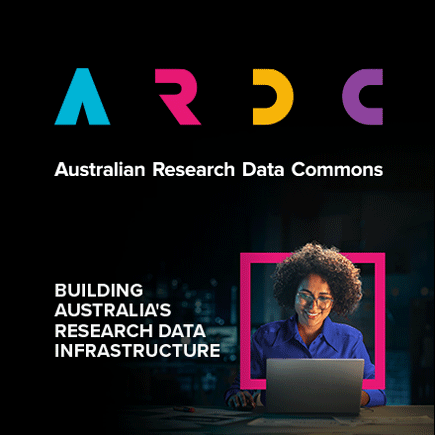Full description
Contract tracing is one of the most effective methods for mitigating the spread of infectious diseases, and it plays a crucial role in reducing COVID-19 outbreak. Since the pandemic, there has been increased concern regarding people's health in hospital and office settings, as these spaces with limited air exchange provide a conductive medium for virus spread. For our research, we constructed a completely new real-life dataset that was collected during the pandemic's peak in a hospital infectious ward (Alfred Hospital, Victoria, Melbourne) utilizing a Bluetooth Low Energy (BLE) Internet of Things (IoT) system. The dataset was developed by tracking the movements of health care personnel inside the hospital ward over a 12-day period with their permission in a privacy-preserving methodology. The dataset's richness in parameters and features makes it a good test bed for future research in the field. Our objective is to assist the scientific community in simulating the real-life scenarios during pandemics to improve the public health community's ability to slow any infectious diseases.
About the data types files:
Type A: Room or ward entry (Proximity sensors)
Type B: Room or ward exit (Proximity sensors)
Type C: Person-person and person-place interactions
Type D: Periodic RSSI values
Type E: Room or ward entry RSSI value
Type F: Room or ward exit RSSI value
P.S: If anyone wishes to utilize this data, we kindly request citation of the respective publications.
1-Gendy, M.E.G., Rathnayaka, A., Curtis, S.J., Stewardson, A.J. and Yuce, M.R., 2023. Future Prediction of Close Contacts in IoT-based Contact Tracing System using a New Real-Life Dataset. IEEE Journal of Biomedical and Health Informatics.
2- Rathnayaka, A., Gendy, M.E.G., Wu, F., Al Mamun, M.A., Curtis, S.J., Bingham, G., Peleg, A.Y., Stewardson, A.J. and Yuce, M.R., 2023. An Autonomous IoT-based Contact Tracing Platform in a COVID-19 Patient Ward. IEEE Internet of Things Journal.
Issued: 2024-05-10
Created: 2024-05-10
User Contributed Tags
Login to tag this record with meaningful keywords to make it easier to discover
- DOI : 10.26180/25793949.V1



